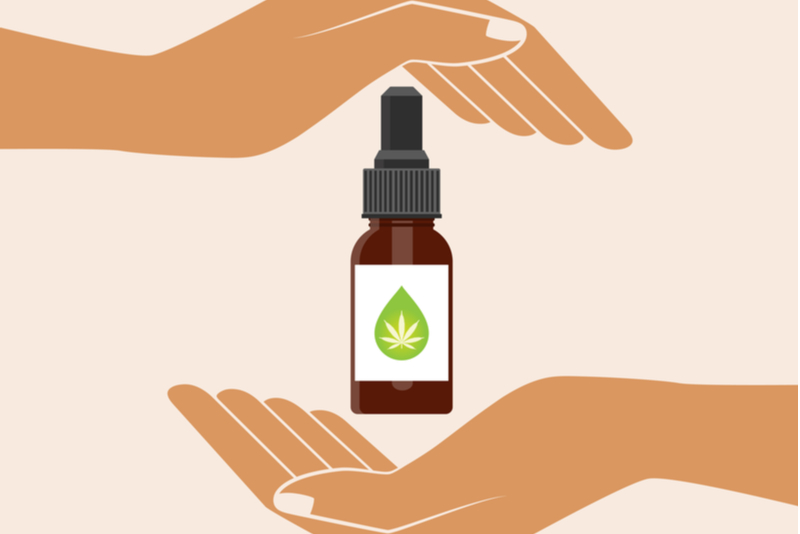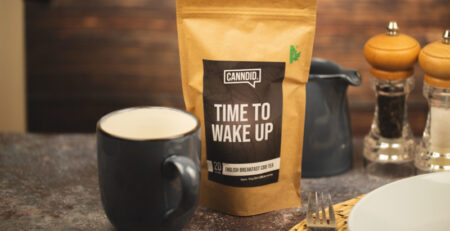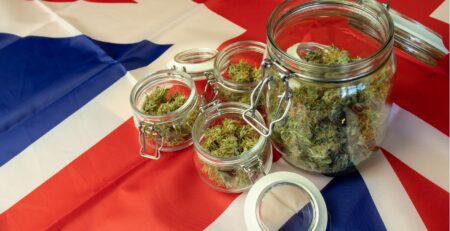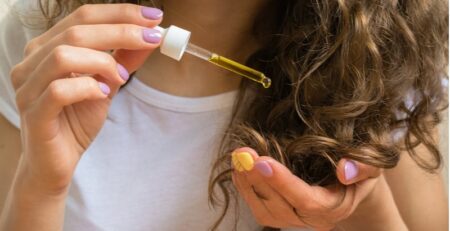Understanding CBD Content In CBD Products
CBD Oil UK Guide
Sure, you know what CBD oil is used for – but with so many different options of CBD products, CBD strengths, and CBD brands, how do you make the best informed choice?
Read on for our ultimate breakdown of all the factors that come in to understanding the CBD content in different CBD products, and how to take CBD oil so you get the most value for your money.
What Is CBD Oil?

How To Read CBD Packaging
Weve looked at the most important factors to keep in mind when choosing between different CBD products – namely, how trustworthy is the product or company, how much CBD does the product say it contains, and what type of product it is.
How Trustworthy Is This Product And/Or Company?
As medical cannabis gains legitimacy and CBD becomes increasingly popular in the health and wellness industry, it has become increasingly accessible to consumers. What was once an obscure ingredient is now easily available online and through established high-street pharmacies.
Unfortunately, this popularity comes at a price – and untrustworthy companies looking to make a quick buck with less-than-reputable products have crept onto the market. In 2018, dozens of people were hospitalised in Utah after taking synthetic CBD oil.
CBD and industrial hemp have since been legalised on a federal level, making the regulation of CBD much easier. Unfortunately, many states have yet to create their own legislation around the regulation of CBD, meaning that the necessary quality control and testing doesnt exist in many places yet.
In the UK, legislation around the regulation of CBD has been equally slow, however businesses looking to sell CBD products must now receive novel food authorisation from the European Food Safety Authority (EFSA).
In a bid to separate themselves from corner-cutting scam artists, most legitimate CBD businesses like FourFive CBD now offer a copy of laboratory reports from independent third-party labs on their websites, verifying the amount of CBD and THC present in their final products. When buying any new CBD product, we recommend choosing a product from a company that offers verified lab reports that you can trace back to a legitimate testing facility, so you know exactly what is in your product. Which brings us to…
How Much CBD Does The Product Contain?
How much CBD is contained in a product can play a major factor in the differences between cheap and expensive CBD oil.
Whether youre scanning the shelves or scrolling through rows and rows of CBD products online, navigating the concentration in different products can be… daunting. 50mg, 100mg, 2000mg, how on earth are you meant to know what you should be taking? Should you start low and slow, or go for the highest dose?
Unfortunately, there is no definite answer for this question, because the way everyone processes CBD (and all cannabinoids for that matter) is entirely different.
The endocannabinoid system is a system in the body that processes cannabinoids like CBD and THC. It is also partly responsible for controlling other functions in the body, like hormone response and the reproductive system.
How Much CBD Should You Take?
Each person’s optimum CBD dosage differs due to a various range of factors such as height, weight and age.
One common method people often use is taking 1-6 mg of CBD for every 10 lbs they weigh. So, someone who weighs 150 lbs could take anywhere from 150 mg of CBD to 600mg, depending on the severity of their symptoms.
300 mg is the concentration used most commonly in clinical trials and scientific research so far, so you probably dont need to exceed that if youre using CBD for general wellness purposes. For most people, 100 mg of CBD should suffice.
If using an oil tincture, the dropper will likely be 1ml. To get the concentration of CBD per dose, simply divide the amount of CBD into the amount of liquid in the bottle, e.g. a 30 ml bottle containing 1,000 mg of CBD will have roughly 33 mg of CBD per 1 ml drop. 2,000 mg of CBD oil will yield roughly 67 mg of CBD per 1ml drop, etc.
Using a CBD tincture is handy for beginners, as you can measure out precisely how much youre taking with each dose (e.g. 3 droppers full of 1,000 mg oil will give you 100 mg of CBD).
What Type Of CBD Product Is It?
In knowing how to take CBD oil so you get the most effectiveness, and how much you need to take, one of the most important factors to look at is the bioavailability of the product youre using.
Bioavailability is the term used to describe how much of a compound (like CBD) can actually be absorbed into the blood, depending on the method used to take it.
While a CBD vape oil and CBD capsule might contain the same amount of CBD (say 800 mg), how much of that CBD actually makes it into your bloodstream for you to feel the effects all comes down to how “bioavailable†the product is.
For example, an intravenous injection is the most bioavailable way to reap the benefits of any compound, as it administers 100% of the compound straight into your bloodstream.
This is why hospitals are more likely to administer painkillers through a drip rather than giving you tablets to swallow, as theyll get to work a lot faster than they would if they had to travel through your digestive system first.
While intravenous administration of CBD would offer the most bioavailability, most people are unlikely to injecting cannabidiol straight into their veins every day, so it not a practical or realistic option.
In terms of what type of product offers the highest bioavailability while also being the most practical, vaping CBD oil is your best bet. When you inhale anything into your lungs (CBD e-liquid, e-cig juice, hemp, tobacco, etc) it is instantly absorbed through tiny blood vessels in the lungs known as capillaries.
Vaping CBD e-liquid or smoking low THC hemp flower ensures that up to 56% of the active ingredients will actually make it into your bloodstream.
As the most popular form of CBD product on the market, CBD oil tinctures that are taken orally offer anywhere from 12%-36% bioavailability. With oil tinctures, it is important to hold the oil under your tongue for up to a minute before swallowing to increase absorption into the blood through a vein known as the sublingual gland.
Bioavailability In CBD Food And Drink Products
In recent years, CBD infused food and drink products have seen a huge increase in popularity as CBD continues to flood the health and wellness industry. Weve seen everything from CBD lattes and seltzer water to CBD hummus, many boasting considerable CBD percentages. But how does this CBD content reflect just how “bioavailable†they are?
When it comes to CBD infused food, a large portion of CBD that is consumed is actually filtered out during the digestive process. While data on the bioavailability of CBD in food is still patchy, it is estimated at around 10−20%. This means that during the journey from your mouth all the way down to your gut, roughly 80% of the active CBD compound is lost, so only a fifth (at most) of the CBD content listed on the product will actually make it into your bloodstream.
So, if you consume a CBD edible or drink with 200mg of CBD listed for example, youll only end up with a maximum of 40mg. While this might seem like a bit of a biological scam, it can be a great way to introduce your body to CBD slowly without going overboard.
Conclusion
While understanding the CBD content in products may seem daunting at first, in the end all it comes down to is some basic maths and science.
Ultimately, the best option is to err on the side of caution with any product, start off with a low dose and slowly increase over time, and keep a diary noting how youre feeling each day to pick up on any changes.





